Deciding between a new smart TV with built-in streaming or an Amazon Fire Stick to upgrade your current setup can be tough. A smart TV offers an all-in-one solution, while a Fire Stick provides flexibility and a modern interface for any television with an HDMI port. This guide breaks down the key differences in features, cost, and user experience to help you choose the best option for your home entertainment needs.
What Exactly Defines a Smart TV?
Think of a smart TV as a regular television with a computer brain. It connects directly to the internet, allowing you to stream movies, browse websites, and use apps without needing any extra devices. This integration creates a seamless, all-in-one entertainment hub right in your living room.
The main appeal is convenience. Everything is controlled with a single remote, and popular apps like Netflix, YouTube, and Hulu often come pre-installed. You just unbox the TV, connect it to your Wi-Fi, and you’re ready to start watching.
Leading brands like Samsung, LG, and Sony are constantly pushing the technology forward. They offer stunning displays with 4K or even 8K resolution, vibrant colors from QLED and OLED panels, and features like voice control. However, the software on these TVs can sometimes become outdated, and not all apps are available on every brand’s platform.
Understanding the Amazon Fire Stick
The Amazon Fire Stick is a small, portable device that plugs into your TV’s HDMI port. It’s essentially a mini-computer dedicated to streaming. It instantly transforms any basic TV, or even an older smart TV, into a powerful streaming media player.
Its primary advantage is its focused and consistently updated platform. Amazon frequently releases software updates, ensuring you always have the latest features and security patches. This is a major benefit over many smart TVs, which may stop receiving updates after a few years.
The Fire Stick offers several compelling features that enhance the viewing experience:
- Vast App Library: Access to thousands of apps and channels through the Amazon Appstore, including niche services that might not be on your smart TV.
- Alexa Voice Remote: Easily search for shows, control playback, and even manage smart home devices using just your voice.
- Portability: Its compact size makes it perfect for travel. You can plug it into any TV in a hotel or at a friend’s house and access your content.
This little device is a powerful tool for anyone looking to either upgrade an old TV or bypass a slow and clunky smart TV interface.
Comparing the User Experience and Performance
How you interact with your device daily is crucial. Smart TVs offer a built-in experience, but the quality can vary wildly between brands and price points. A high-end Samsung with its Tizen OS will feel much different from a budget TV’s generic software.
The Amazon Fire Stick, on the other hand, provides a consistent and user-friendly interface no matter what TV it’s plugged into. The menu is simple to navigate, and content from different services is often aggregated on the home screen, making it easy to find something to watch.
When it comes to performance, a Fire Stick often has the edge, especially compared to budget or mid-range smart TVs. Because the Fire Stick is a dedicated streaming device, its hardware is optimized for that one task, often resulting in faster app loading and smoother navigation. An older smart TV might feel sluggish, but adding a new Fire Stick can make it feel brand new again.
Content and App Availability: Who Has More?
While most smart TVs come with the big-name streaming apps, their app stores can be limited. A specific app you want might not be available on LG’s webOS or Samsung’s Tizen platform. This can be frustrating if you subscribe to a less common or new streaming service.
This is where the Fire Stick truly shines. It runs on a version of Android, giving it access to the massive Amazon Appstore. You’ll find nearly every streaming service imaginable, from major players like Disney+ and HBO Max to specialized sports, news, and international content apps.
If having access to the widest possible range of apps and content is your priority, the Fire Stick is the clear winner. It ensures your entertainment options aren’t limited by the brand of your television.
A Breakdown of the Costs
Price is often the deciding factor for many shoppers. A smart TV is a significant investment, with prices depending heavily on screen size, brand, and display technology. In contrast, the Amazon Fire Stick is an incredibly affordable accessory.
Here is a simple comparison of what you can expect to pay for each option.
| Product | Typical Price Range |
| Amazon Fire Stick | $40 – $50 |
| Smart TV | $200 – $3,000+ |
As the table shows, the cost difference is substantial. The Amazon Fire Stick offers a low-cost way to get a premium streaming experience without the need to purchase a whole new television. For anyone on a budget or simply looking to upgrade an existing TV, it provides incredible value for money.
Installation and Setup Differences
Getting started with either option is generally straightforward, but the process differs slightly. A smart TV setup is integrated into the initial power-on of the television. You connect it to power, follow the on-screen prompts to connect to your Wi-Fi, and then sign into your desired apps.
Setting up an Amazon Fire Stick involves a few extra physical steps but is still very simple for most users. Here is the typical process:
- Plug the Fire Stick directly into an available HDMI port on your TV.
- Connect the included USB cable to the Fire Stick and plug the other end into a power source (either a USB port on the TV or the wall adapter).
- Turn on the TV, switch to the correct HDMI input, and follow the on-screen instructions to pair the remote.
- Connect the Fire Stick to your Wi-Fi network and sign in with your Amazon account.
While the Fire Stick requires plugging in a separate device, the entire process usually takes less than 10 minutes. Both options are designed to be user-friendly and get you watching your favorite content as quickly as possible.
Frequently Asked Questions
Can I use an Amazon Fire Stick with a smart TV?
Yes, you absolutely can. Many people do this to bypass their smart TV’s slower interface or to get access to apps that aren’t available on their TV’s native app store.
Which option is more cost-effective?
The Amazon Fire Stick is by far the more cost-effective option. It allows you to add modern streaming functionality to any TV for a small fraction of the cost of buying a new smart TV.
Which gets software updates more often?
The Amazon Fire Stick generally receives more frequent and consistent software updates than most smart TVs. This ensures better security and access to the latest features and apps over time.
Is a smart TV or Fire Stick better for someone who isn’t tech-savvy?
Both are designed to be user-friendly. However, a smart TV offers a slightly more streamlined, all-in-one experience with a single remote, which might be simpler for some users.
Which one has better performance?
Performance depends on the models being compared. However, a dedicated Fire Stick often provides a faster and smoother experience than the built-in software on many budget or mid-range smart TVs.
Do I need an Amazon Prime account to use a Fire Stick?
No, you do not need an Amazon Prime membership. You only need a standard, free Amazon account to set up the device and download other streaming apps like Netflix or Hulu.

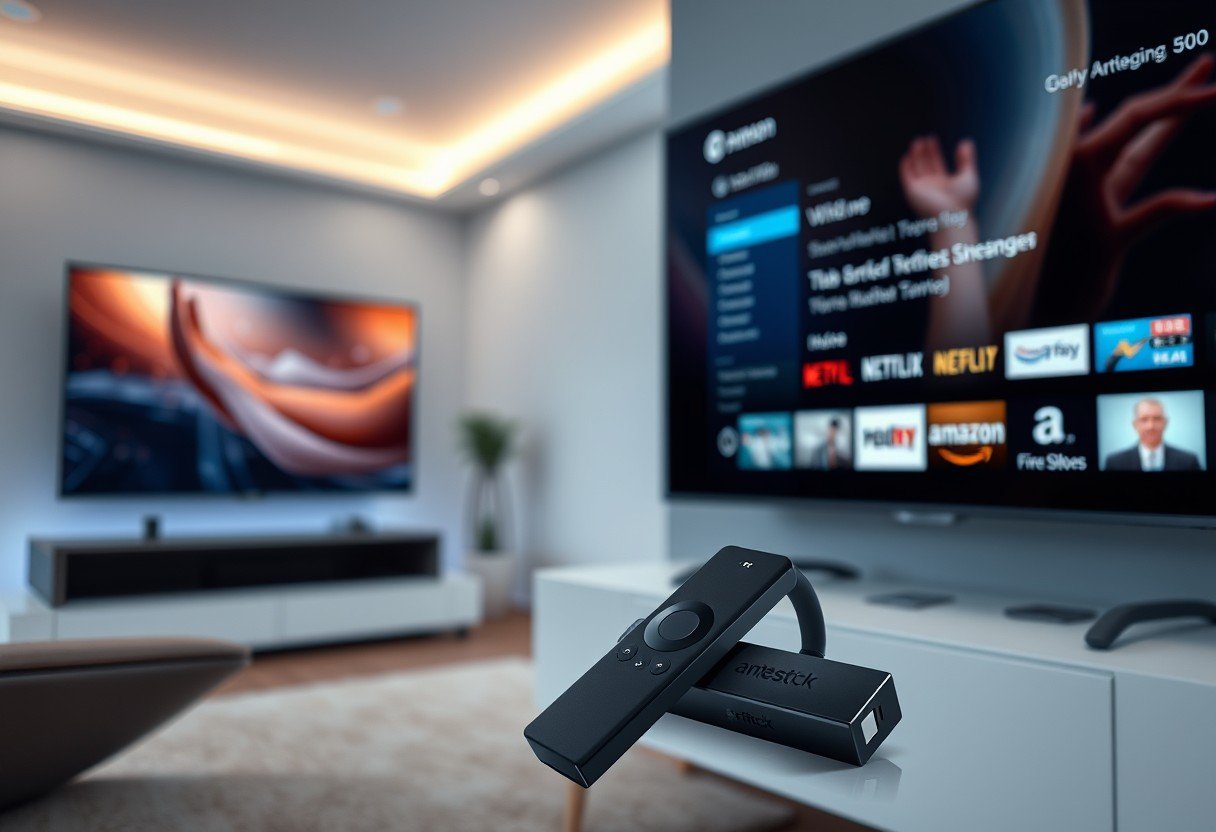
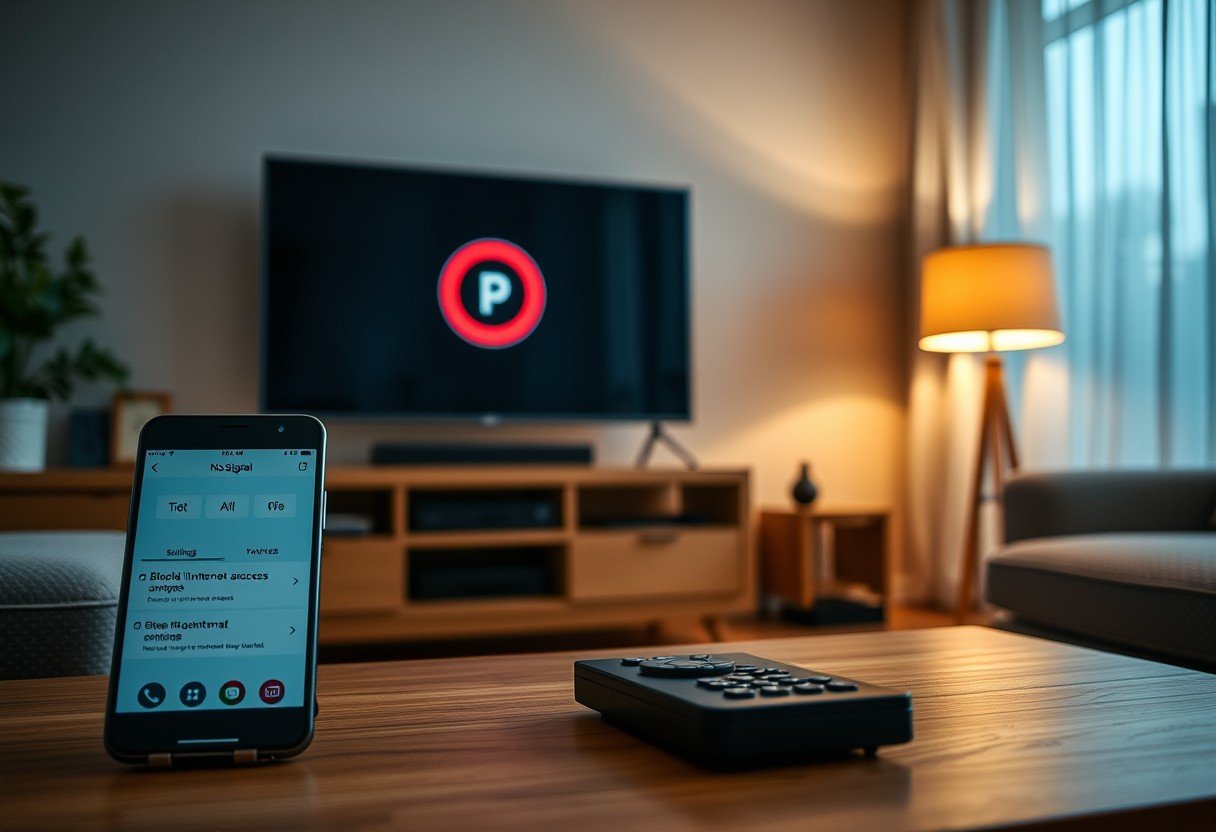
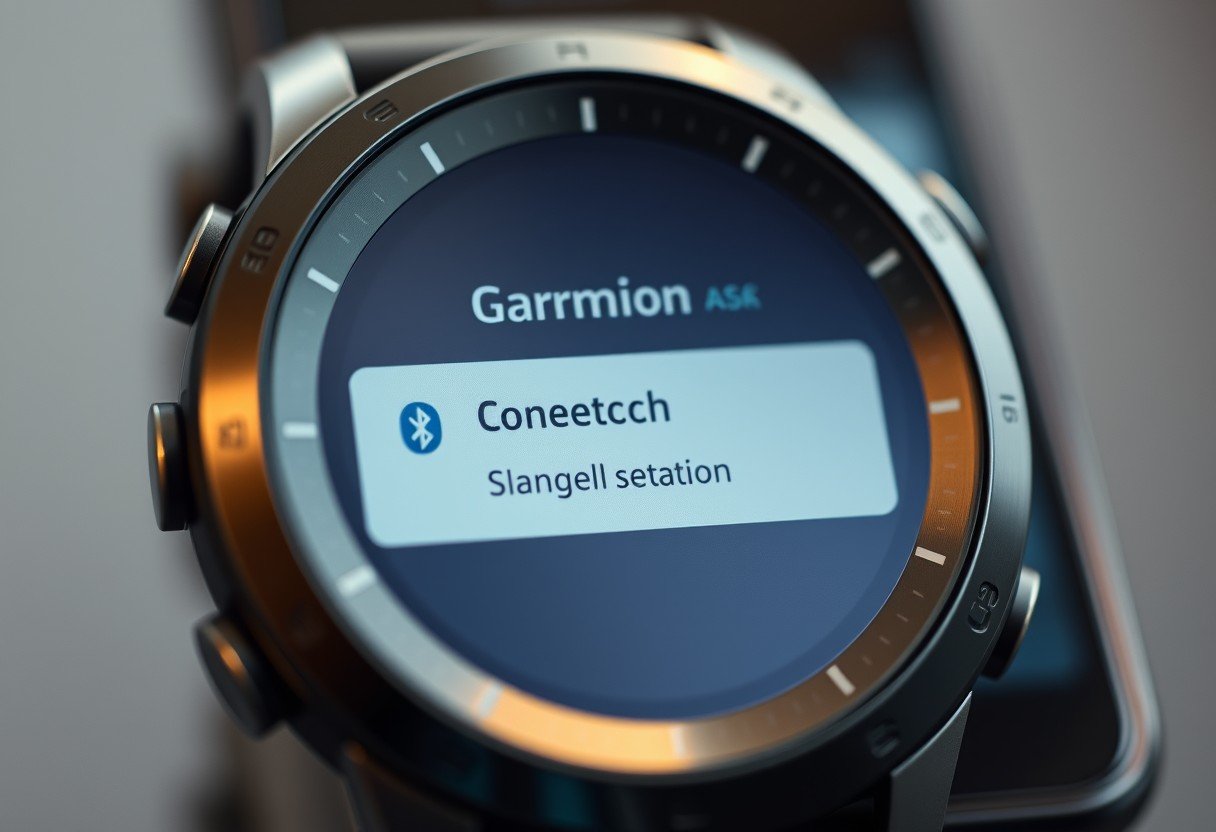
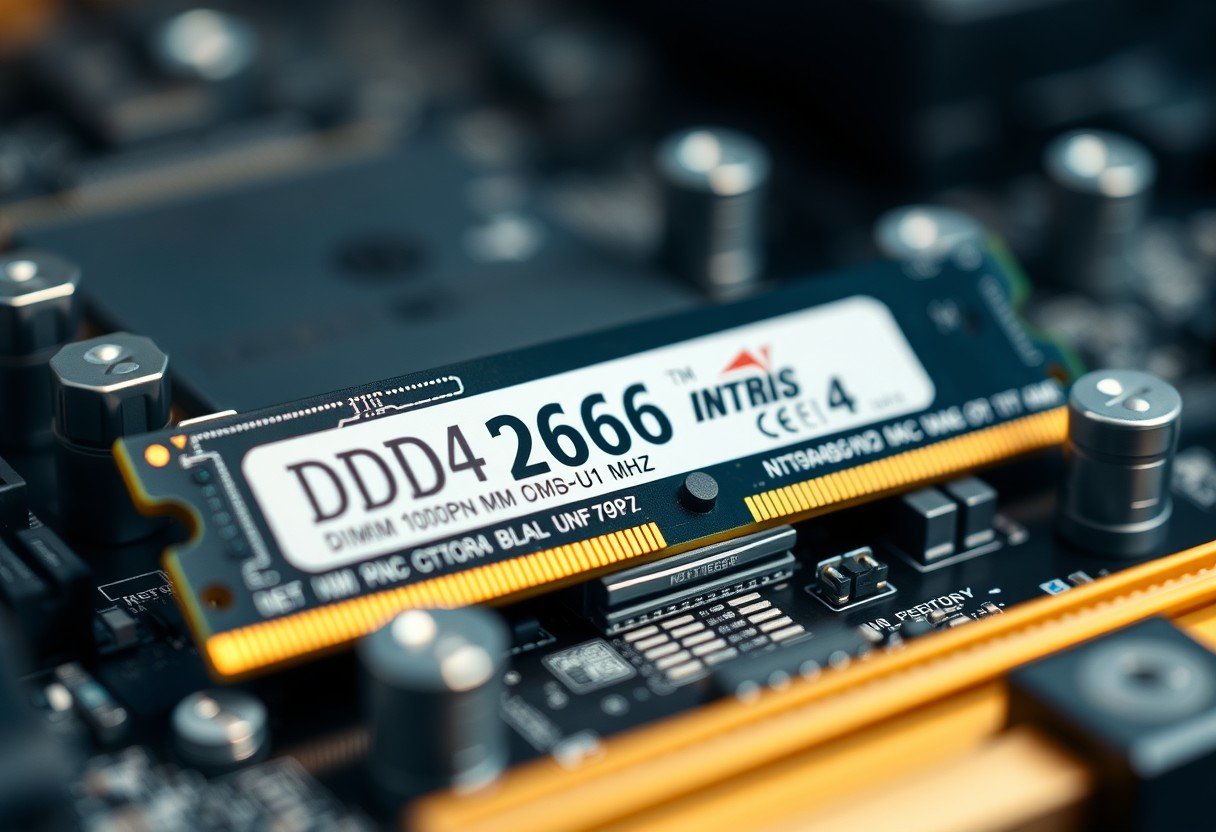

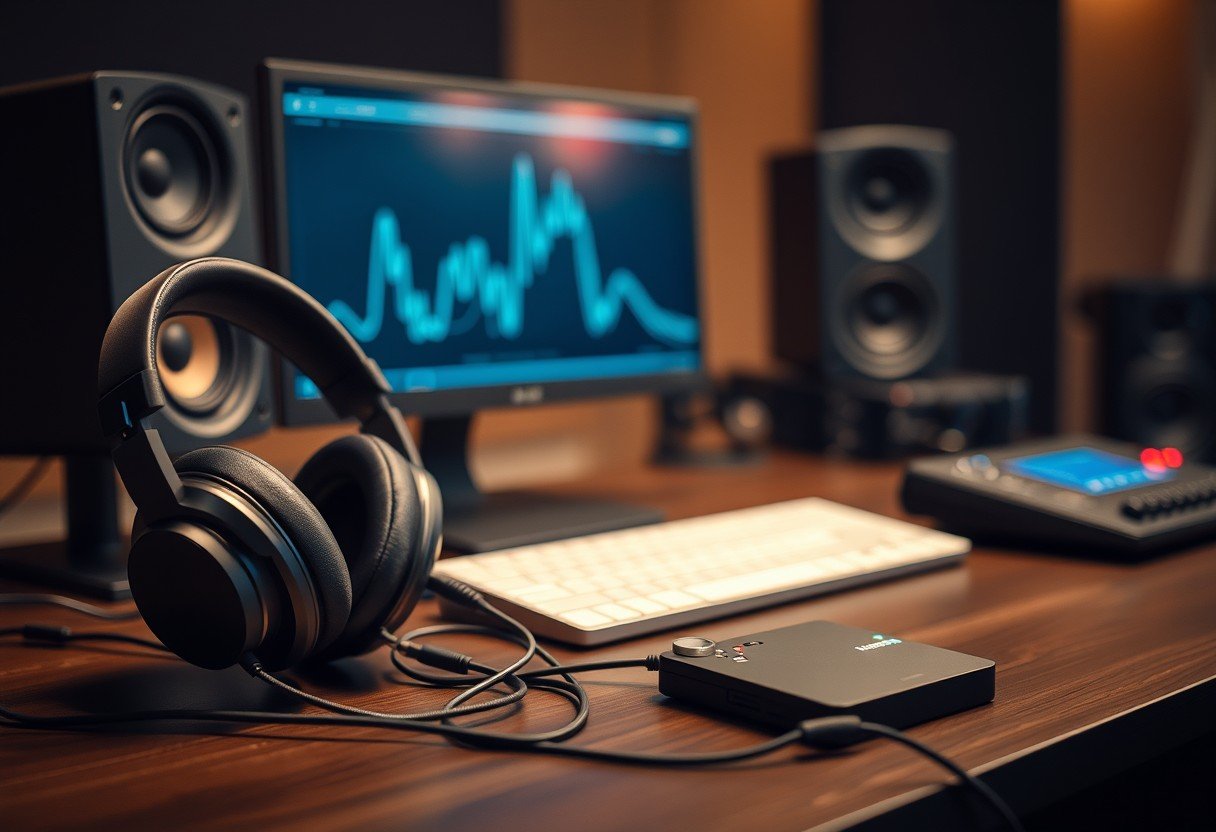
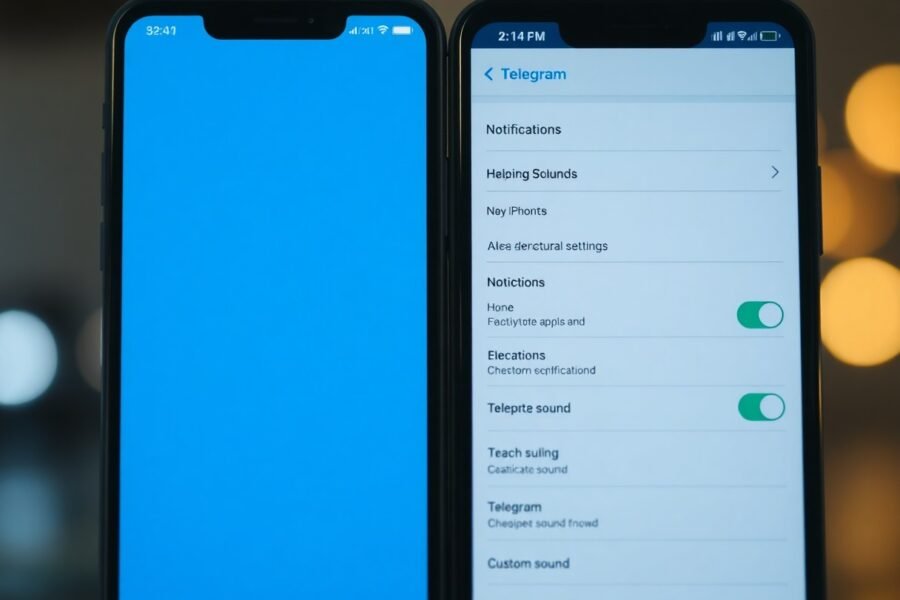
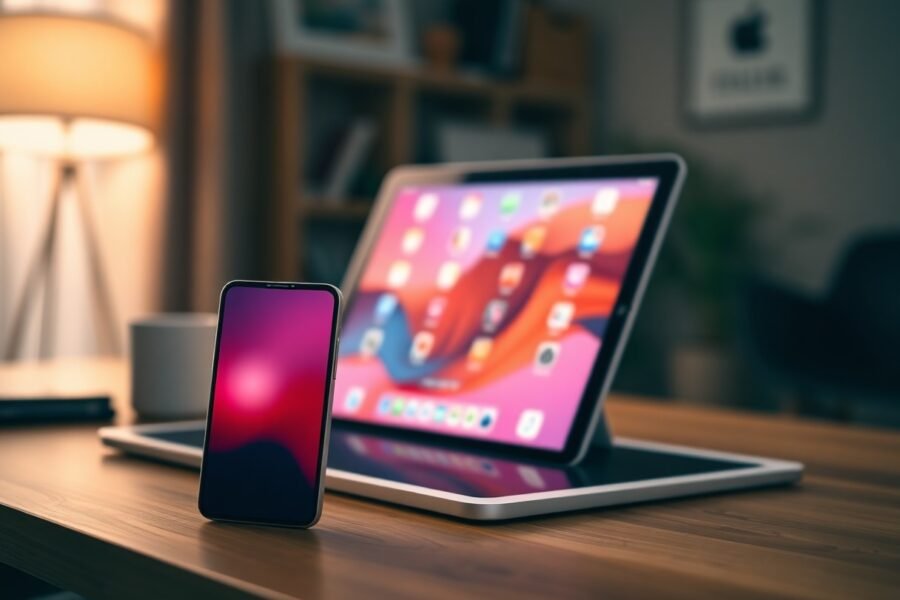
Leave a Comment